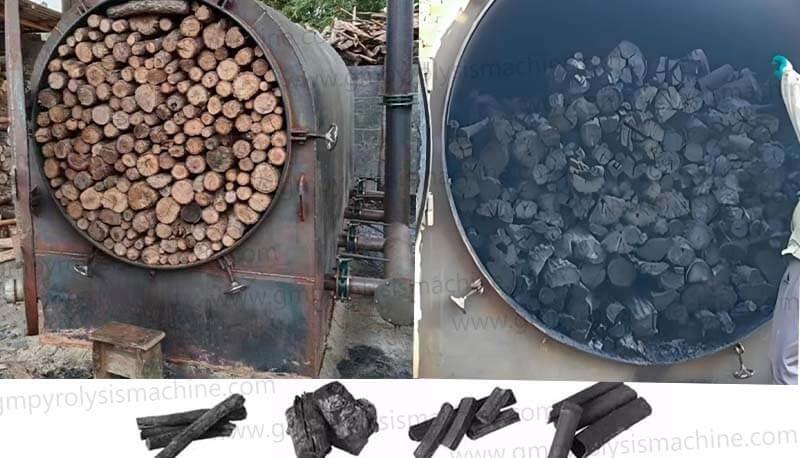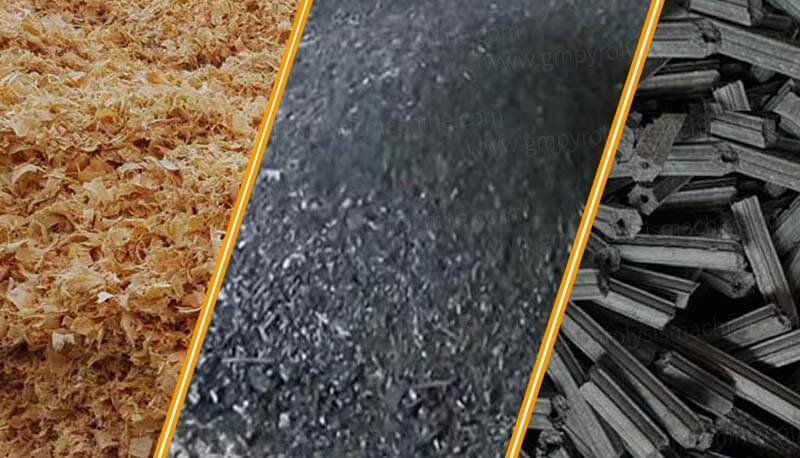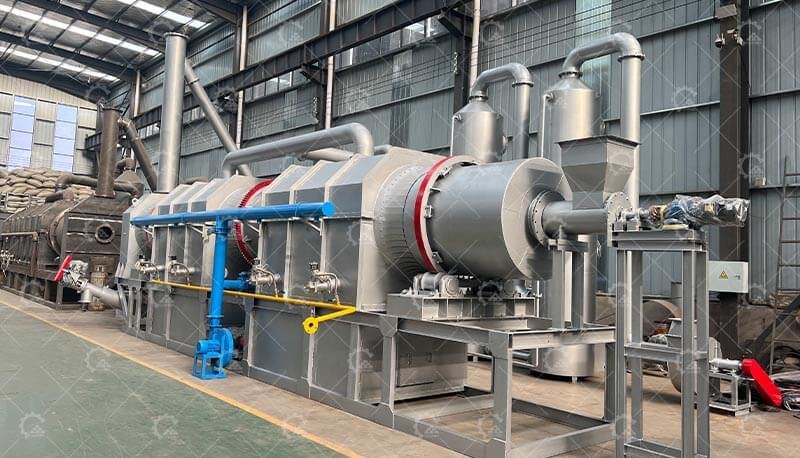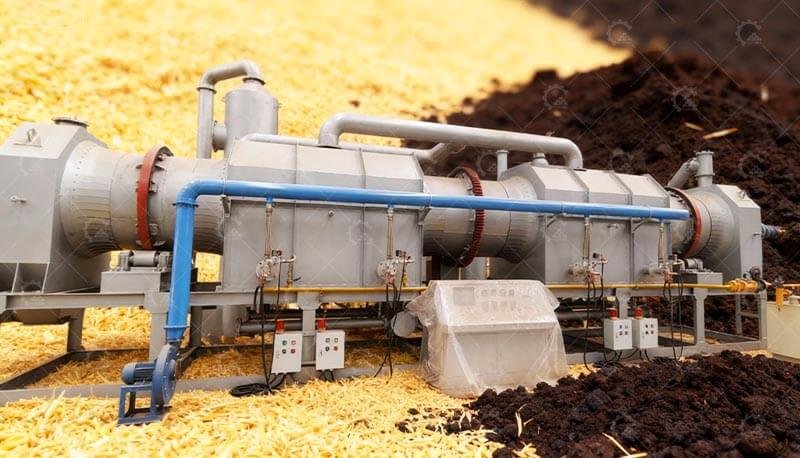Carbonized Wood Introduction
When you hear the term “carbonized wood,” it might conjure up images of burnt logs or charred timber, but this treatment goes far beyond mere aesthetics. Carbonized wood is wood that has been heated to high temperatures in a low-oxygen environment, a process known as pyrolysis, which alters its physical and chemical properties.
What is Carbonization?
Before diving into the benefits, let’s first understand what carbonization really means. This process involves heating wood to temperatures typically between 400-700°C (750-1300°F) in the absence of oxygen. The high heat causes the wood to undergo chemical changes, where it transforms into a material that is more durable, resistant, and eco-friendly. The resulting product, carbonized wood, is more than just a piece of timber—it’s a high-performance material that can serve a range of purposes.
1. Environmental Benefits of Carbonized Wood
One of the most significant benefits of carbonized wood is its positive impact on the environment. Unlike untreated wood, carbonized wood has a much lower carbon footprint. Here’s why:
Reduced Carbon Footprint: The carbonization process effectively traps carbon in the wood, preventing it from being released back into the atmosphere as CO2. This makes carbonized wood an excellent choice for those looking to reduce their environmental impact.
Sustainable Alternative to Traditional Wood: Carbonized wood is often made from waste wood or wood that’s not suitable for traditional lumber uses, offering a more sustainable option compared to harvesting new trees. By utilizing what would otherwise be discarded, the process helps reduce deforestation and promotes a circular economy.
2. Durability and Longevity
If you’ve ever tried to use untreated wood in a garden or outdoor structure, you know how quickly it can deteriorate. Carbonized wood, however, is a different story. Here’s how it stands out:
Enhanced Resistance to Decay and Pests: The high heat treatment makes carbonized wood more resistant to moisture, fungi, and insects. This makes it ideal for outdoor furniture, decking, and garden structures, as it can withstand harsh environmental conditions without rotting or being eaten by pests.
Longevity in Outdoor Applications: Because of its enhanced resistance to decay, carbonized wood can last significantly longer than untreated wood in outdoor environments. This makes it an excellent investment for people looking for durable, low-maintenance materials for outdoor projects.
3. Health and Safety Benefits
While most types of wood are susceptible to mold and bacteria, carbonized wood offers several health-related benefits:
Reduction in Toxic Emissions: The carbonization process significantly reduces the emission of volatile organic compounds (VOCs), which are harmful to both the environment and human health. This makes carbonized wood a safer choice for indoor applications like flooring or furniture.
Non-Toxic and Eco-Friendly Nature: Unlike some treated woods that contain harmful chemicals, carbonized wood is natural and non-toxic. It’s an eco-friendly alternative that poses no risk to human health, even in areas like children’s playrooms or kitchens.
4. Improved Soil Fertility
Carbonized wood can also be a boon for agriculture, especially when it’s turned into biochar:
Carbonized Wood as Biochar: When carbonized wood is used in soil, it becomes a form of biochar, a highly effective soil amendment. It helps improve soil structure, retain moisture, and promote nutrient retention, making it invaluable for gardening and farming.
Its Role in Agriculture and Gardening: Biochar can also help reduce the need for chemical fertilizers, providing a more sustainable option for farmers and gardeners. Additionally, it aids in preventing soil erosion and increasing crop yields.
5. Carbon Sequestration
One of the most important environmental benefits of carbonized wood is its role in carbon sequestration:
Carbonized wood offers an impressive array of benefits that make it a valuable material in both environmental and practical terms. Its durability, aesthetic appeal, health benefits, and versatility make it an excellent choice for a wide range of applications.






